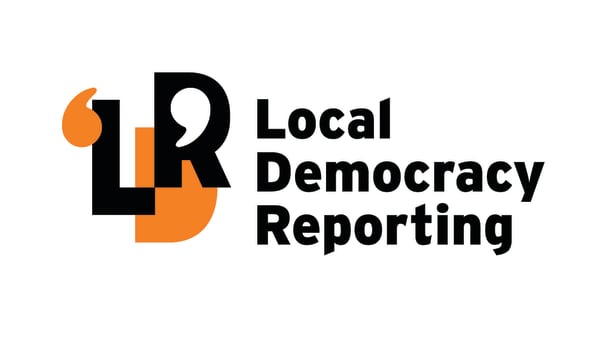A message of unity was shared through a performance at the Tairāwhiti Together Tomorrow Summit “Our differences make us stronger”, Rongowhakaata Iwi Trust ka ihautū (chief executive) Teina Moetara told those at the summit on Friday.
ihautū (chief executive) Teina Moetara told those at the summit on Friday.
Mr Moetara took part in a series of five-minute discussions by iwi, scientists, politicians, and funders about the future of the Tairāwhiti region.
With a history in Māori performing arts, he created a piece by building a wharenui from four chairs.
“I don’t speak the summit language, I speak performing arts, so this is how I’m going to talk,” he said.
Mr Moetara said his performance addressed the need to understand our differences to collectively move forward — an element that was missing in the current cyclone and recovery conversation.
People could learn from the discourse that took place at a wharenui (meeting house), he later told The Gisborne Herald.
“At the front of a marae we identify who we are as individuals, where we come from and what we are here to do.
“When we enter the wharenui (meeting house) on the marae, we can build on those differences by listening.”
During his performance piece he addressed the “four key posts” that make up a wharenui.
“Right at the back of my wharenui is the poutuarongo (back wall post of the meeting house). This post is about our connection to the environment. When I think about myself as tangata whenua, I know that doesn’t just mean I’m indigenous. It means that I’m my universal self. The taiao (environment) and I are the same.
“The next part of the wharenui is the poutokomanawa (centre post) and I think this represents the kotahitanga (unity) part of our conversation.”
Mr Moetara urged the audience to identify their differences.
“We’re so used to trying to be together as a smoothie,” he said. “But that’s not who we are, or what kotahitanga is.”
Mr Moetara said he grew up in Manutūkē, which basically means “the bird that stands distinct from each other”.
“The next part of the wharenui is the poutāhū (post that supports the front wall) — the ‘tomorrow’ bit”, he said.
Mr Moetara pointed a chair towards the back of the room.
He told The Herald he did this to represent the need to consider our past and relationships to each other, while looking forward to the future.
Next in his performance he addressed the pouāwhā.
“The poutāhū, while facing backwards towards the poutuarongo, and poutokomanawa connects to the pouāwhā (the pole facing forward out the front of the whare), linking context and relationship to action. We are discussing the future without considering our context.”
He finished his performance by direcctly addressing those at the summit.
The work of Rongowhakaata was in “this space”.
“We’ve got to listen, hence the word rongo. But often we’re in the whakaata (action). We need more rongo in our whakaata.
“This part of the conversation is about letting the worldview of science and the worldview of mātauranga try to be in the same space.”











0 comment
JOIN THE CONVERSATION
Read and post comments with a
Newsroom Pro subscription.
Subscribe now to start a free
28-day trial.